I have problem with low contrast image segmentation. Task is to find surface defects. They are visible (defects are always dark areas) but the contrast of image is very low. Below two samples.


I have tried enhance contrast and then tresholding:
Mat tmp1 = imread("C:\\framesRoi\\311.bmp",0);
stretchContrast(tmp1);
threshold(tmp1,tmp1,75,255,THRESH_BINARY);
where stretch contrast impl:
int minValue = 255, maxValue = 0;
const int l = sourceImg.cols * sourceImg.rows * sourceImg.channels();
if(sourceImg.isContinuous())
{
uchar* ptr = sourceImg.ptr<uchar>(0);
for(int i = 0; i < l; ++i)
{
if(ptr[i] < minValue)
{
minValue = ptr[i];
}
if(ptr[i] > maxValue)
{
maxValue = ptr[i];
}
}
}
cout<<"min: "<<minValue<<";"<<"max value: "<<maxValue<<endl;
const int magicThreshold = 10;
if(sourceImg.isContinuous())
{
uchar* ptr = sourceImg.ptr<uchar>(0);
for(int i = 0; i < l; ++i)
{
ptr[i] = 255 * (ptr[i]-minValue)/(maxValue - minValue);
}
}
But this approach failed. There are many false detections and not all defects are detected:

Here is zip with test frames: https://dl.dropboxusercontent.com/u/47015140/testFrames.rar



